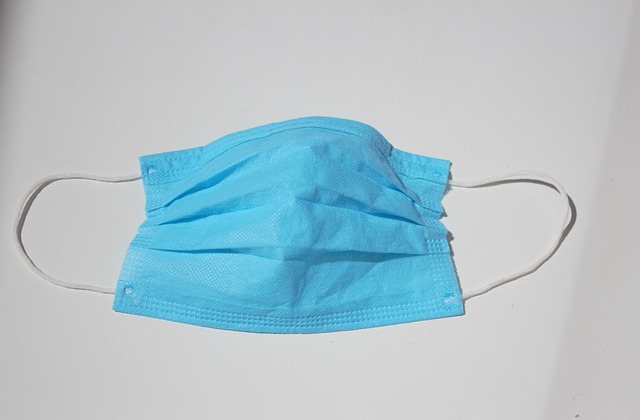The Global Healthcare Exchange offers medical product manufacturers assistance in getting critically needed supplies to market quickly.
April 8, 2020

Healthcare providers responding to the COVID-19 crisis need significant amounts of diagnostic testing supplies, protective personal equipment, respiratory treatment equipment and supplies, and a host of other items, according to an April 2020 report from the U.S. Department of Health and Human Services. And as treatment centers have emerged in nontraditional locations to back up hospitals, these supplies are needed in some unique areas.
The Global Healthcare Exchange (GHX) has set up the COVID-19 Information Center to help both healthcare organizations and manufacturers of medical supplies manage any shortages and navigate a a shifting supply chain. The group has also developed a Critical Supply Reference List to help providers identify supplies and potential alternatives as well as offer greater visibility into the fluctuating demand for products, GHX explained in a news release.
“The COVID-19 pandemic places intense pressure on manufacturers to get critical products into market faster,” Denise Odenkirk, vice president, supplier sales, GHX, told MD+DI. “GHX is leveraging several solutions and has created a few resources to help manufacturers.”
MD+DI asked Odenkirk how GHX can help these manufacturers get their products into the supply chain faster.
“As providers rapidly create overflow care locations—hotels, conference centers, outdoor areas—GHX has enabled a team to configure and enable these new locations and ensure supplies reach them,” she explained. “Manufacturers can leverage standard GHX tools to enable their order-to-cash processes with these overflow locations in a fast, seamless manner.”
GHX is “also bringing manufacturers onto the GHX digital trading network, allowing for fast ramp up,” Odenkirk said. “For manufacturers not currently on the Exchange, GHX can quickly set up manufacturers to use Web Direct so that they can receive orders from providers that are integrated with the GHX Exchange. This helps providers enormously because ordering is automated, and manufacturers can quickly confirm orders through the portal.”
Manufacturers can also sell through such medical-surgical distributors as “Cardinal Health, Medline, Owens and Minor, Henry Schein, Thermo Fisher, VWR, McKesson, Amerisource Bergen and Concordance, etc., Odenkirk said. “Each of these distributors are on the GHX Exchange and can accept automated orders for approximately 85% of the hospitals in North America,” she said.
Manufacturers may need to develop strategies for managing unique issues.
For instance, in times of medical supply shortages, manufacturers are faced with the need to ration when fulfilling orders,” Odenkirk said. “This is particularly critical right now as the national stockpile is nearly depleted. When rationing, it’s critical for manufacturers to clearly communicate to providers if they need orders to be sent with specific quantity limits.”
Contract pricing may be another issue, which Odenkirk calls “one of the biggest complexities in med supplies.” She said that “to expedite supply ordering and simplify the full order-to-cash process, it’s best to keep pricing structures simple. One way to accomplish this is to establish one price for all providers regardless of volumes.”
Finally, manufacturers will need to assure providers of their legitimacy. “The unfortunate reality is that with crisis comes the opportunity for fraud,” said Odenkirk. “Manufacturers will need to demonstrate that they have been properly vetted and meet the required criteria. The American Hospital Association (AHA) and The Association for Resource and Materials Management (AHRMM) [have] created a process to vet manufacturers on behalf of providers. It would be ideal for manufacturers who have supplies of critical medical products, especially PPE, to proactively reach out to these organizations to complete the vetting process.”
Bruce Johnson, president and CEO, GHX, stated in the release that, “as the leading convener of providers and suppliers, GHX is in a unique position to help healthcare organizations keep pace with heightened demands during this critically imperative time. Our team mobilized to create a detailed resource center to answer the call for timely, accurate information, and actionable tools. We believe knowledge-sharing and open access to data will be key elements in managing through this crisis.”
About the Author(s)
You May Also Like




